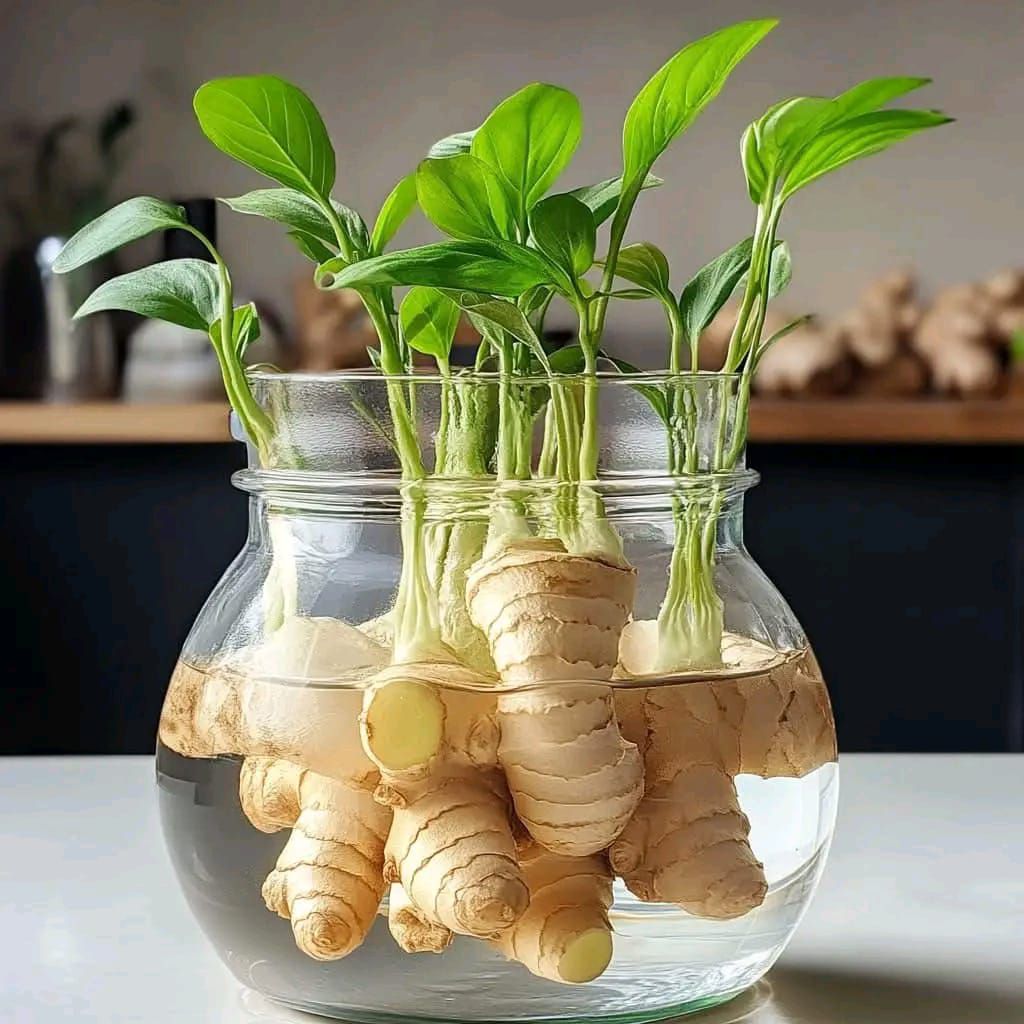The Ultimate Guide to Growing Organic Vegetables in Your Backyard: Fresh, Healthy, and Cost-Effective
Growing your own organic vegetables in your backyard is a rewarding and sustainable way to provide fresh, healthy food for your family while saving money on groceries. Whether you live in an urban apartment with limited space or have a sprawling backyard, cultivating organic vegetables is easier than you might think. In this comprehensive guide, we’ll walk you through everything you need to know to start your own organic vegetable garden, even if you’re a complete beginner.
Why Grow Organic Vegetables?
Organic vegetables are grown without synthetic pesticides, fertilizers, or genetically modified organisms (GMOs). This makes them healthier for you and the environment. Here are some compelling reasons to start your own organic vegetable garden:
1. Health Benefits
- Fewer Chemicals: Organic vegetables are free from harmful pesticides and synthetic fertilizers, reducing your exposure to toxins.
- Higher Nutrient Content: Studies show that organic produce often contains higher levels of essential nutrients like vitamins, minerals, and antioxidants.
2. Environmental Benefits
- Soil Health: Organic gardening practices improve soil fertility and structure, promoting long-term sustainability.
- Water Conservation: Organic methods reduce water pollution and improve water retention in the soil.
- Biodiversity: Organic gardens support a diverse ecosystem, attracting beneficial insects and wildlife.
3. Cost Savings
- Reduce Grocery Bills: Growing your own vegetables can significantly cut down your grocery expenses.
- Low Maintenance: Once established, organic gardens are cost-effective and easy to maintain.
Step-by-Step Guide to Growing Organic Vegetables
1. Choose the Right Location
- Sunlight: Most vegetables require 6-8 hours of direct sunlight daily. Choose a sunny spot in your backyard with good air circulation.
- Soil Quality: Test your soil for pH levels and nutrient content. Organic vegetables thrive in rich, well-draining soil. Amend your soil with organic compost, manure, or peat moss to improve fertility.
Pro Tip: If you have limited space, consider container gardening or vertical gardening to maximize your growing area.
2. Select the Best Organic Seeds
- Cool-Season Crops: Spinach, lettuce, peas, and broccoli are ideal for cooler climates.
- Warm-Season Crops: Tomatoes, peppers, cucumbers, and zucchini thrive in warmer regions.
- Heirloom Varieties: Consider planting heirloom seeds for unique flavors and biodiversity.
Pro Tip: Purchase seeds from reputable organic seed suppliers to ensure quality and sustainability.
3. Prepare the Soil
- Tilling: Loosen the soil to a depth of 8-12 inches to promote root growth.
- Compost: Add organic compost to enrich the soil with nutrients and improve moisture retention.
- Fertilizer: Use organic fertilizers like bone meal, fish emulsion, or blood meal to boost soil fertility.
Pro Tip: Create your own compost at home using kitchen scraps, yard waste, and other organic materials.
4. Watering and Irrigation
- Consistency: Water your garden regularly to keep the soil moist but not waterlogged.
- Drip Irrigation: Use drip irrigation or soaker hoses to deliver water directly to the roots, reducing water waste.
- Mulching: Apply a 2-3 inch layer of organic mulch (straw, grass clippings) to retain moisture and suppress weeds.
Pro Tip: Collect rainwater in barrels to use for irrigation, reducing your water bill and conserving resources.
5. Organic Pest Control
- Companion Planting: Grow pest-repelling plants like marigolds, basil, and garlic alongside your vegetables.
- Insecticidal Soap: Use organic insecticidal soap to control aphids and other pests.
- Beneficial Insects: Introduce ladybugs, lacewings, or predatory mites to naturally control pest populations.
Pro Tip: Regularly inspect your plants for signs of pests or disease and take action immediately to prevent infestations.
6. Harvesting Your Vegetables
- Timing: Harvest vegetables at their peak ripeness for the best flavor and nutritional value.
- Tools: Use clean, sharp scissors or garden shears to avoid damaging plants.
- Storage: Store harvested vegetables in a cool, dry place. Some vegetables, like tomatoes and peppers, can be preserved for months.
Pro Tip: Learn proper harvesting techniques for each type of vegetable to maximize yield and quality.
7. Maintaining Your Organic Garden
- Crop Rotation: Avoid planting the same vegetables in the same spot each year to prevent soil depletion and reduce the risk of pests and diseases.
- Weeding: Keep your garden free from weeds, which can compete with your crops for nutrients and water.
- Pruning: Regularly prune your plants to remove dead or diseased parts and encourage healthy growth.
Pro Tip: Keep a gardening journal to track planting dates, growth progress, and any issues you encounter.
Conclusion: Start Your Organic Vegetable Garden Today
Growing your own organic vegetables is not only rewarding but also beneficial for your health, the environment, and your wallet. By following these steps and maintaining a consistent care routine, you’ll be well on your way to enjoying fresh, nutritious food right from your backyard.
Final Tips for Success:
- Start Small: If you’re new to gardening, start with a few easy-to-grow vegetables like lettuce, tomatoes, or herbs.
- Stay Consistent: Regular care and attention are key to a thriving garden.
- Experiment and Learn: Gardening is a continuous learning process. Don’t be afraid to try new techniques or varieties.
Whether you’re looking to reduce your carbon footprint, save money, or simply enjoy the taste of homegrown produce, organic gardening is a fulfilling and sustainable hobby. So grab your gardening tools, choose your favorite vegetables, and start planting today. Happy gardening!
